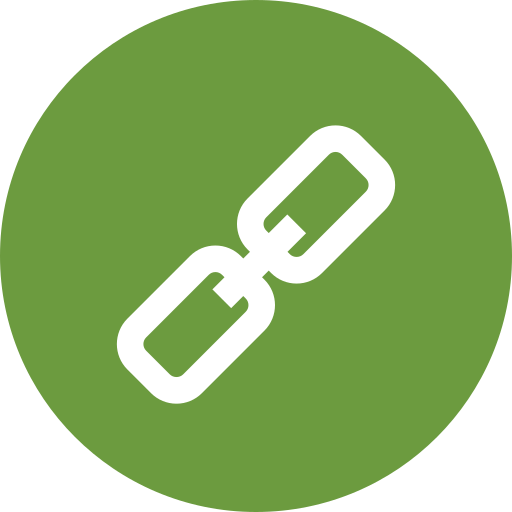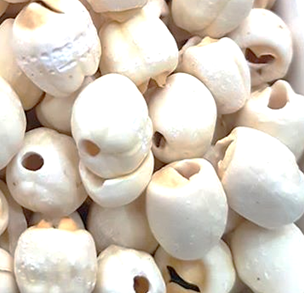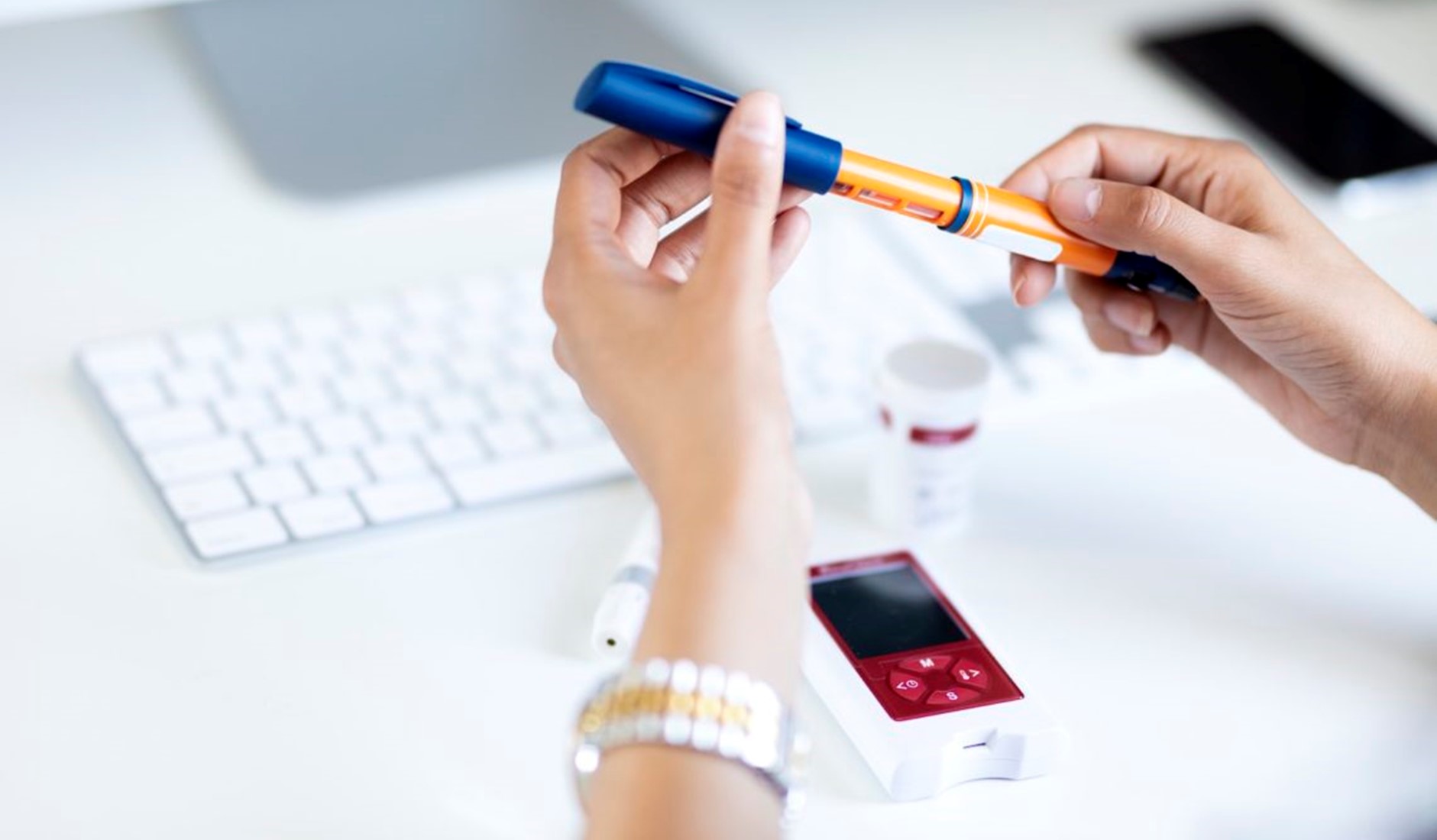| Product name | Per Pill | Savings | Per Pack | Order |
|---|---|---|---|---|
| 60 pills | $0.61 | $36.74 | ADD TO CART | |
| 90 pills | $0.50 | $9.70 | $55.10 $45.40 | ADD TO CART |
| 120 pills | $0.45 | $19.40 | $73.47 $54.07 | ADD TO CART |
| 180 pills | $0.40 | $38.79 | $110.20 $71.41 | ADD TO CART |
| 270 pills | $0.36 | $67.89 | $165.31 $97.42 | ADD TO CART |
| 360 pills | $0.34 | $96.98 | $220.41 $123.43 | ADD TO CART |
| Product name | Per Pill | Savings | Per Pack | Order |
|---|---|---|---|---|
| 60 pills | $0.43 | $25.99 | ADD TO CART | |
| 90 pills | $0.35 | $7.33 | $38.99 $31.66 | ADD TO CART |
| 120 pills | $0.31 | $14.66 | $51.98 $37.32 | ADD TO CART |
| 180 pills | $0.27 | $29.32 | $77.98 $48.66 | ADD TO CART |
| 270 pills | $0.24 | $51.31 | $116.97 $65.66 | ADD TO CART |
| 360 pills | $0.23 | $73.30 | $155.96 $82.66 | ADD TO CART |
| Product name | Per Pill | Savings | Per Pack | Order |
|---|---|---|---|---|
| 90 pills | $0.35 | $31.29 | ADD TO CART | |
| 180 pills | $0.27 | $14.19 | $62.59 $48.40 | ADD TO CART |
| 270 pills | $0.24 | $28.37 | $93.88 $65.51 | ADD TO CART |
| 360 pills | $0.23 | $42.56 | $125.17 $82.61 | ADD TO CART |
Coumadin, also known as warfarin, is a blood thinner medication that is commonly used to prevent and treat blood clots and strokes. It is available in various dosages, including 1 mg, 2 mg, and 5 mg, and can be ordered online or through a pharmacy. In this article, we will provide a comprehensive guide to Coumadin, including its uses, dosages, prices, and ordering options.
What is Coumadin?
Coumadin is an anticoagulant medication that works by blocking the production of vitamin K-dependent clotting factors in the liver. It is used to prevent and treat blood clots, strokes, and other cardiovascular conditions. Coumadin is available in tablet form and is usually taken once a day.
Dosages and Prices
Coumadin is available in various dosages, including 1 mg, 2 mg, and 5 mg. The price of Coumadin varies depending on the dosage and the pharmacy or online retailer. Here is a table comparing the prices of different dosages of Coumadin:
| Dosage | Price (without prescription) | Price (with prescription) |
|---|---|---|
| 1 mg | $10-$20 per 30 tablets | $5-$10 per 30 tablets |
| 2 mg | $15-$30 per 30 tablets | $10-$20 per 30 tablets |
| 5 mg | $25-$50 per 30 tablets | $20-$30 per 30 tablets |
Ordering Options
There are several ways to order Coumadin, including:
- Online Pharmacies: Online pharmacies such as Amazon, Walmart, and CVS offer Coumadin for sale. You can order Coumadin online and have it shipped to your doorstep.
- Pharmacies: You can also buy Coumadin at a local pharmacy. You will need to provide a prescription from your doctor to purchase Coumadin at a pharmacy.
- Discount Stores: Discount stores such as Costco and Sam's Club offer Coumadin at a lower price than traditional pharmacies.
- Generic Options: Generic versions of Coumadin are available, which can be cheaper than the brand-name version.
Benefits of Buying Coumadin Online
Buying Coumadin online can have several benefits, including:
- Convenience: You can order Coumadin from the comfort of your own home and have it shipped to your doorstep.
- Cost Savings: Online pharmacies often offer lower prices than traditional pharmacies.
- Discreet Shipping: Online pharmacies usually offer discreet shipping, which means that your package will be shipped in a plain envelope or box.
Things to Consider When Buying Coumadin Online
When buying Coumadin online, there are several things to consider, including:
- Prescription Requirements: You will need to provide a prescription from your doctor to purchase Coumadin online.
- Shipping Times: Shipping times can vary depending on the online pharmacy and your location.
- Quality of the Medication: Make sure to buy from a reputable online pharmacy to ensure that you are getting high-quality medication.
Tips for Saving Money on Coumadin
Here are some tips for saving money on Coumadin:
- Use a Coupon: Look for coupons online or in newspapers to save money on Coumadin.
- Buy in Bulk: Buying Coumadin in bulk can be cheaper than buying it in smaller quantities.
- Use a Discount Card: Some pharmacies offer discount cards that can be used to save money on Coumadin.
- Consider a Generic Version: Generic versions of Coumadin can be cheaper than the brand-name version.
Common Questions About Coumadin
Here are some common questions about Coumadin:
- What is the difference between Coumadin and warfarin?: Coumadin and warfarin are the same medication. Coumadin is the brand name, while warfarin is the generic name.
- How long does it take for Coumadin to start working?: Coumadin usually starts working within 24-48 hours.
- What are the side effects of Coumadin?: Common side effects of Coumadin include bruising, bleeding, and nausea.
- Can I take Coumadin with other medications?: You should talk to your doctor before taking Coumadin with other medications, as it can interact with certain medications.
Conclusion
Coumadin is a blood thinner medication that is commonly used to prevent and treat blood clots and strokes. It is available in various dosages, including 1 mg, 2 mg, and 5 mg, and can be ordered online or through a pharmacy. By considering the prices, ordering options, and tips for saving money, you can make an informed decision about how to purchase Coumadin. Remember to always talk to your doctor before starting or stopping any medication, including Coumadin.
Recommended Online Pharmacies
Here are some recommended online pharmacies where you can buy Coumadin:
- Amazon: Amazon offers Coumadin for sale, with prices starting at $10 per 30 tablets.
- Walmart: Walmart offers Coumadin for sale, with prices starting at $15 per 30 tablets.
- CVS: CVS offers Coumadin for sale, with prices starting at $20 per 30 tablets.
Discounts and Promotions
Here are some discounts and promotions that are currently available for Coumadin:
- 5% off all orders: Use the code COUMADIN5 at checkout to receive 5% off all orders.
- Free shipping: Get free shipping on all orders over $50.
- Buy one get one free: Buy one 30-tablet bottle of Coumadin and get a second bottle free.
By taking advantage of these discounts and promotions, you can save even more money on your Coumadin purchase.
Blood clots are a common and potentially life-threatening condition that can occur in anyone, regardless of age or health status. When a clot forms in a vein, it can cause a range of symptoms, from mild discomfort to severe pain and even death. In this article, we will explore the causes, symptoms, and treatment options for harmful clots that may occur in the veins, as well as discuss ways to prevent them from forming in the first place.
What are Blood Clots?
A blood clot is a mass of blood that has formed a solid clot, usually as a result of an injury or a medical condition. Clots can form in any blood vessel, including arteries, veins, and capillaries. When a clot forms in a vein, it is called a venous thromboembolism (VTE). VTEs can occur in any vein, but they are most common in the legs, arms, and lungs.
Causes of Blood Clots
There are several factors that can increase the risk of developing a blood clot in a vein. Some of the most common causes include:
- Injury or trauma: A severe injury or trauma can cause damage to a vein, leading to the formation of a clot.
- Surgery: Surgery can increase the risk of developing a clot, especially if it involves a long period of immobility.
- Cancer: Certain types of cancer, such as pancreatic cancer, can increase the risk of developing a clot.
- Genetic disorders: Certain genetic disorders, such as factor V Leiden, can increase the risk of developing a clot.
- Prolonged immobility: Prolonged periods of immobility, such as during a long flight or car ride, can increase the risk of developing a clot.
- Hormonal changes: Hormonal changes, such as those that occur during pregnancy or menopause, can increase the risk of developing a clot.
Symptoms of Blood Clots
The symptoms of a blood clot in a vein can vary depending on the location and size of the clot. Some common symptoms include:
- Pain or swelling: Pain or swelling in the affected limb, which can range from mild to severe.
- Redness or warmth: Redness or warmth in the affected limb, which can be a sign of inflammation.
- Difficulty walking: Difficulty walking or moving the affected limb, which can be a sign of a large clot.
- Shortness of breath: Shortness of breath, which can be a sign of a pulmonary embolism (a clot that has traveled to the lungs).
Treatment Options
There are several treatment options available for blood clots in veins, including:
| Treatment Option | Description |
|---|---|
| Anticoagulant medications | Medications that prevent the formation of new clots and prevent existing clots from growing. |
| Thrombolytic medications | Medications that dissolve existing clots. |
| Inferior vena cava (IVC) filter | A small device that is inserted into the inferior vena cava to prevent clots from traveling to the lungs. |
| Compression stockings | Stockings that are worn to improve blood flow and reduce swelling. |
| Surgery | Surgery to remove the clot or repair damaged veins. |
Prevention
Preventing blood clots from forming in the first place is the best way to avoid the risks associated with VTEs. Some ways to prevent blood clots include:
- Staying active: Regular exercise can help improve blood flow and reduce the risk of developing a clot.
- Maintaining a healthy weight: Excess weight can increase the risk of developing a clot, so maintaining a healthy weight through a combination of diet and exercise is important.
- Avoiding prolonged immobility: Avoiding prolonged periods of immobility, such as during long flights or car rides, can help reduce the risk of developing a clot.
- Staying hydrated: Drinking plenty of water can help improve blood flow and reduce the risk of developing a clot.
- Avoiding smoking: Smoking can increase the risk of developing a clot, so quitting smoking is important.
Here are some additional tips to help prevent blood clots:
- Get regular check-ups: Regular check-ups with your doctor can help identify any underlying conditions that may increase the risk of developing a clot.
- Take medication as directed: If you are taking medication to prevent blood clots, be sure to take it as directed by your doctor.
- Wear compression stockings: Wearing compression stockings can help improve blood flow and reduce the risk of developing a clot.
- Avoid crossing your legs: Crossing your legs can reduce blood flow and increase the risk of developing a clot.
- Take regular breaks: Taking regular breaks to stretch and move around can help improve blood flow and reduce the risk of developing a clot.
Complications
If left untreated, blood clots in veins can lead to serious complications, including:
- Pulmonary embolism: A clot that travels to the lungs, which can be life-threatening.
- Deep vein thrombosis: A clot that forms in a deep vein, which can cause long-term damage to the vein.
- Post-thrombotic syndrome: A condition that can cause long-term pain, swelling, and skin discoloration in the affected limb.
- Chronic venous insufficiency: A condition that can cause long-term damage to the veins, leading to pain, swelling, and skin discoloration.
Conclusion
Blood clots in veins are a common and potentially life-threatening condition that can occur in anyone, regardless of age or health status. By understanding the causes, symptoms, and treatment options for VTEs, individuals can take steps to prevent them from forming in the first place. Regular exercise, maintaining a healthy weight, avoiding prolonged immobility, and staying hydrated are all important ways to reduce the risk of developing a clot. If you suspect that you or someone else may have a blood clot, it is important to seek medical attention immediately. With prompt treatment, it is possible to prevent serious complications and improve outcomes.
























